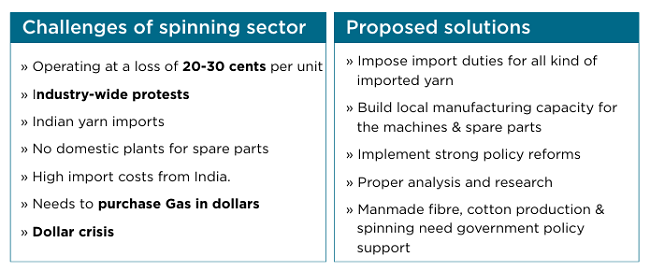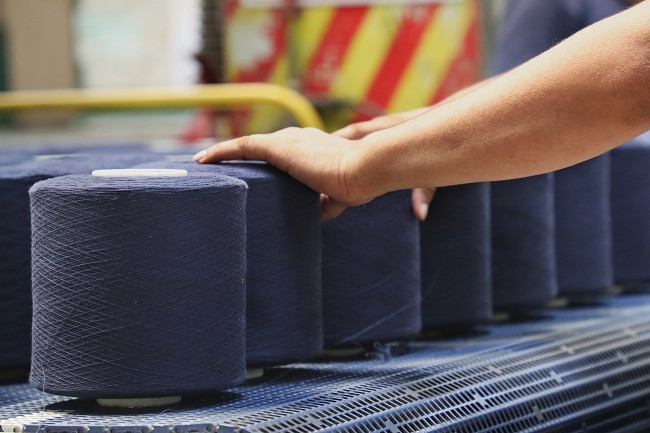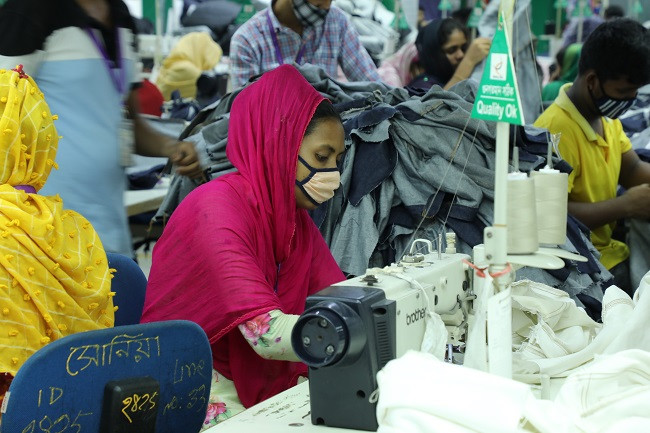Most factories in the Ashulia Industrial Area were open today with regular activities ongoing.
However, in the morning, workers of Tex Town Limited, which was closed under Section 13 (1) of the Labour Act, started protesting after the factory was closed and tried to create chaos in front of the nearby factories in the Jirabo area of Ashulia, a source of the Industrial Police said.
The authorities of 12-14 factories in the Pukurpar and Kathgara areas of Jirabo were forced to declare their factories closed, the source added.

Photo: Collected
Among the factories forced to declare holiday are Picard Bangladesh Ltd, Southern Millennium Textile Ltd, Haesong Korea Ltd, Continental Garments Ind Pvt Ltd, Taharat Knit Composite Ltd, Leatherex Footwear Ltd, and Ever Bright Sweater Ltd.
Since Monday (30 September), workers of Birds Group have been protesting by blocking Nabinagar-Chandra road on Baipail, Ashulia, demanding payment of outstanding dues. They started the protest today as well but later retreated from the road after being reassured by the law enforcement agencies.
Ashulia police station Inspector (Investigation) Kamal Hossain told The Business Standard that the workers withdrew the blockade from the road around 1pm.
“When we explained to the workers, they accepted our request, they moved off the road and stayed in front of the factory,” he added.
Earlier, a worker of Birds Group from the location of the blockade had said, “I have been on the road for three days, still no response from the owner.
“The police are telling us, ‘Give us the address of the owner, we will go and get him.’ Where can we find the address of the owner?”
Another worker had said, 50 hours have passed and the problem has not been resolved from any side. “Ask the owner to pay us, we will leave,” he said.
When contacted, Dhaka District Superintendent of Police Ahmed Mueed told The Business Standard, “We are trying our best to solve the problem. The owner even switched off the phone and ran away. We request the workers to vacate the road so that the road conditions can be normalised. We are trying to resolve the issue through discussions with all parties and hope to resolve the issue by noon today.”
According to industry sources, production activities have been stopped in a total of 34 factories in Ashulia industrial area today.
Of these, only one factory, Anjuman Design Limited, is closed under Section 13(1) of the Bangladesh Labor Act which stipulates no work, no pay. And 33 factories have either declared unpaid leave, or work has been halted or workers have boycotted work.
These factories include Generation Next, Skyline Garments, Ethical Garments, Tex Town Limited, AR Jeans Producers Limited, and Crosswear Industries Limited.
On the other hand, the workers of at least 26 factories stopped working when the agitators pelted bricks demanding jobs for boys in the bypass road area from Gazipur intersection, the source said.
These include, Capital Fashion Limited, Euro Knitwear, Euro Jeans, That’s It Fashion, TM Fashion, Crown Fashion, Techno Fiber Limited, Alif Casual Wear, and TNZ Apparels Limited.
According to sources, 407 factories are open today in Savar, Ashulia and Jirani areas, 33 are closed; and in Gazipur 876 factories are open while 26 remain closed.
There are 209 factories in Narayanganj, 302 factories in DMP area and 350 factories in Chattogram. No factories are closed in these three regions.
Birds Group
On 27 August, Birds Group issued a notice stating that the ongoing Russia-Ukraine war and the global economic downturn had left the factory without work for an extended period.
Despite continuing operations at a financial loss, the management could not secure new work orders, which was beyond their control.
Consequently, on 28 August, the group announced the shutdown of all sections of RNR Fashions Ltd, Birds Garments Ltd, Birds Fedrex Ltd, and Birds A & Z Ltd.
Workers of Birds Group started protesting by blocking the road in front of DOHS and at two points in Baipail at 9:30am Monday (30 September) to demand payment of outstanding dues.
Later, the aggrieved workers retreated from the front of the DOHS, but the workers took a position in the Baipail area and started a protest by blocking the road, which is still going on.


























